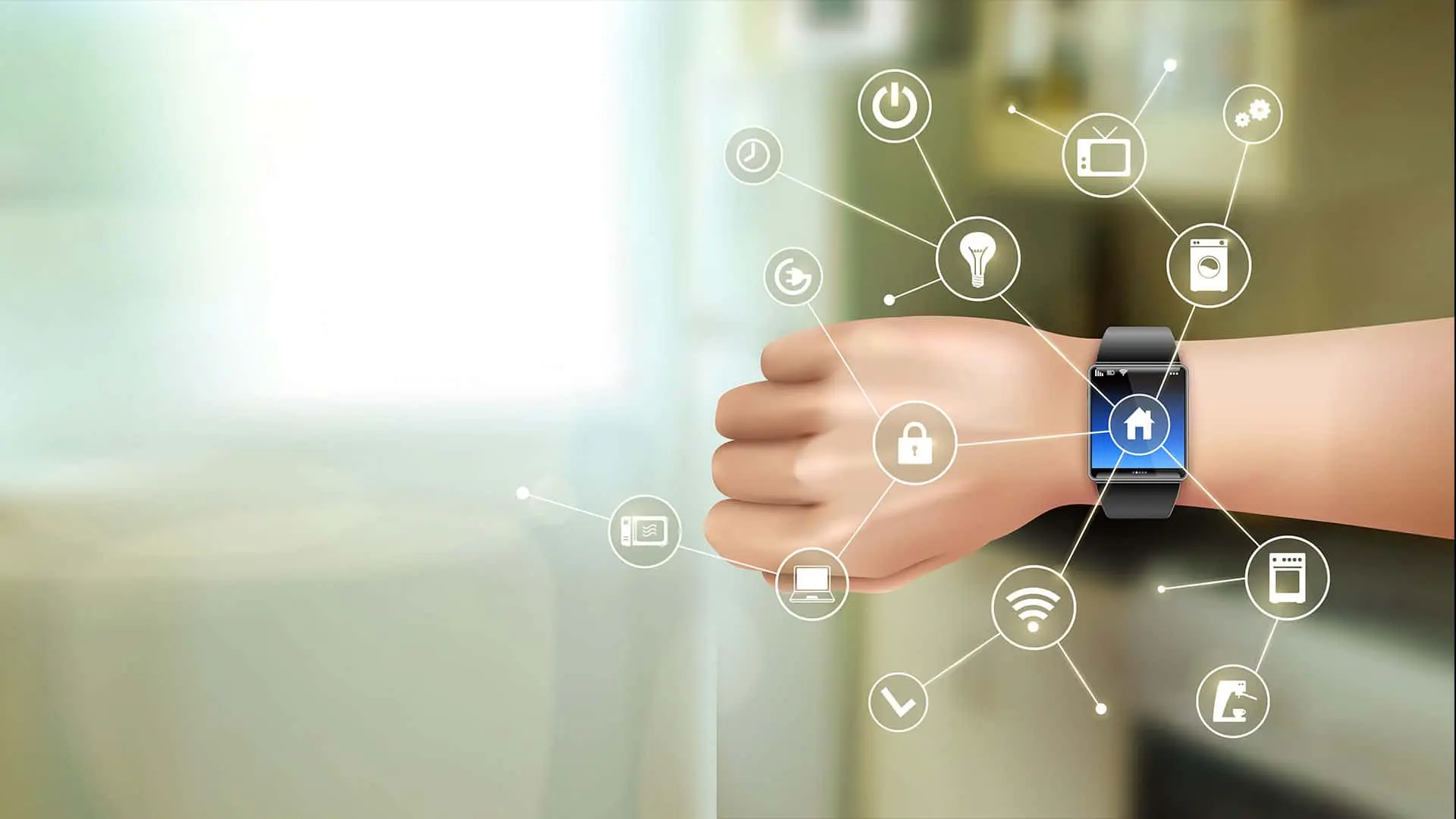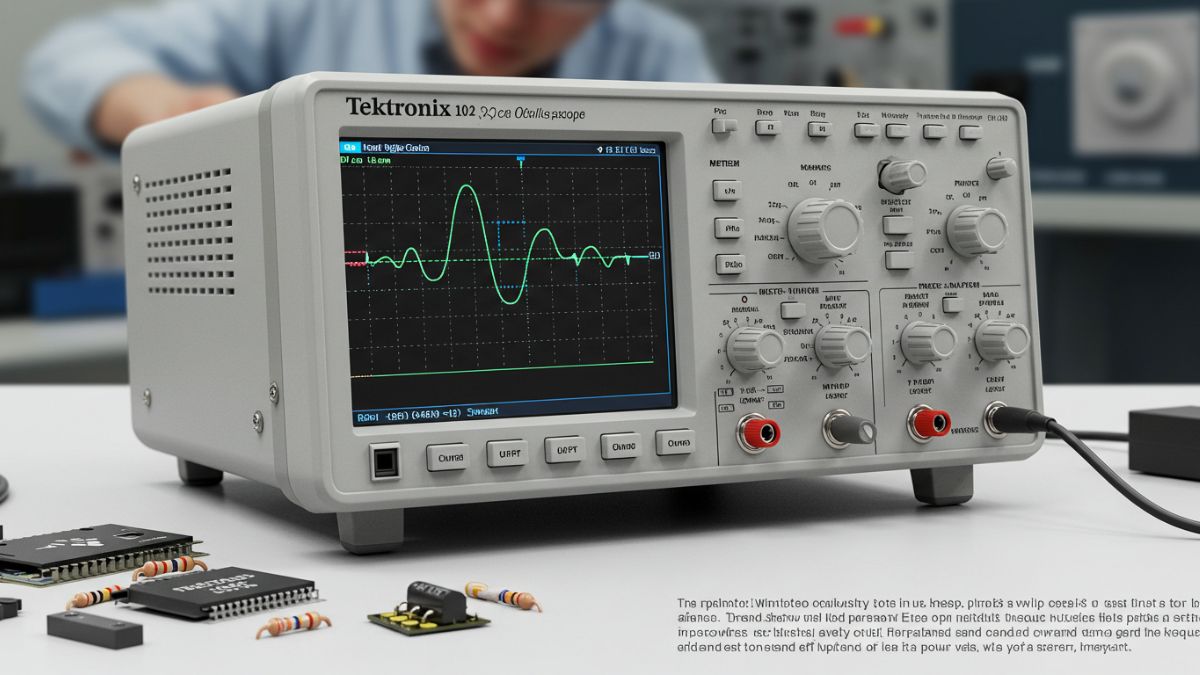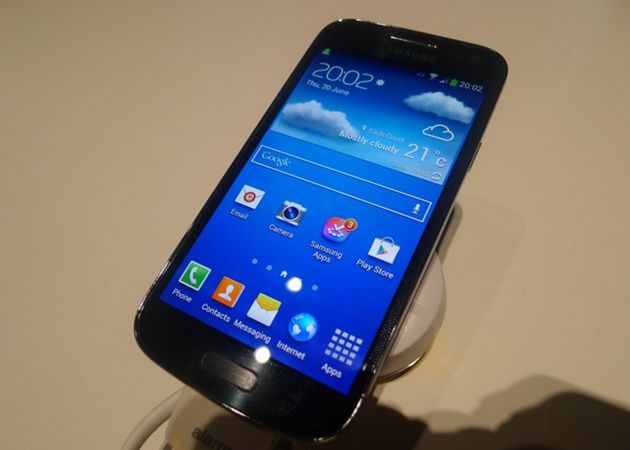Wearable technology has evolved significantly over the past decade, transforming from simple fitness trackers to sophisticated devices that integrate seamlessly into our daily lives. These advancements have not only enhanced our ability to monitor health and fitness but have also opened up new avenues for communication, entertainment, and productivity.
Health and Fitness Monitoring
One of the most prominent applications of wearable technology is in health and fitness monitoring. Devices like smartwatches and fitness bands can track a wide range of metrics, including heart rate, sleep patterns, and physical activity. These devices often come equipped with sensors that can detect irregularities in health data, alerting users to potential issues before they become serious.
For instance, the Apple Watch has been credited with saving lives by detecting atrial fibrillation and other heart conditions. Similarly, other wearable devices can monitor blood oxygen levels, stress levels, and even provide insights into mental health through mood tracking apps.
Augmented Reality and Virtual Reality
Augmented Reality (AR) and Virtual Reality (VR) are two areas where wearable technology is making significant strides. AR glasses, such as Google Glass and Microsoft HoloLens, overlay digital information onto the real world, enhancing the user’s environment with useful data. These devices have applications in various fields, including education, healthcare, and entertainment.
VR headsets, on the other hand, immerse users in a completely digital environment. These devices are increasingly being used for gaming, virtual tours, and even remote work environments. The integration of haptic feedback and motion tracking in VR wearables is making the experience more immersive and realistic.
Smart Clothing and Accessories
Smart clothing and accessories are another exciting frontier in wearable technology. Clothes embedded with sensors can monitor vital signs, track fitness metrics, and even adjust to environmental conditions. For example, smart shoes can track steps, distance, and calories burned, while smart jackets can regulate body temperature.
Accessories like smart rings and bracelets are also gaining popularity. These devices can perform tasks such as making payments, controlling smart home devices, and even acting as a QR code generator for quick access to digital information.
Challenges and Ethical Considerations
While wearable technology offers numerous benefits, it also presents challenges and ethical considerations. Privacy is a significant concern, as wearable devices collect vast amounts of personal data. Ensuring that this data is secure and used ethically is crucial. Additionally, the environmental impact of producing and disposing of these devices must be addressed to promote sustainability.
The Road Ahead
The future of wearable technology is bright, with continuous innovations and advancements on the horizon. As these devices become more integrated into our lives, they will likely evolve to be even more intuitive and user-friendly. The potential for wearable technology to improve healthcare, enhance productivity, and provide new forms of entertainment is immense.
In conclusion, wearable technology is poised to revolutionize various aspects of our lives. From health monitoring to augmented reality, the possibilities are endless. As we continue to innovate and address the challenges, wearable technology will undoubtedly play a pivotal role in shaping the future.











